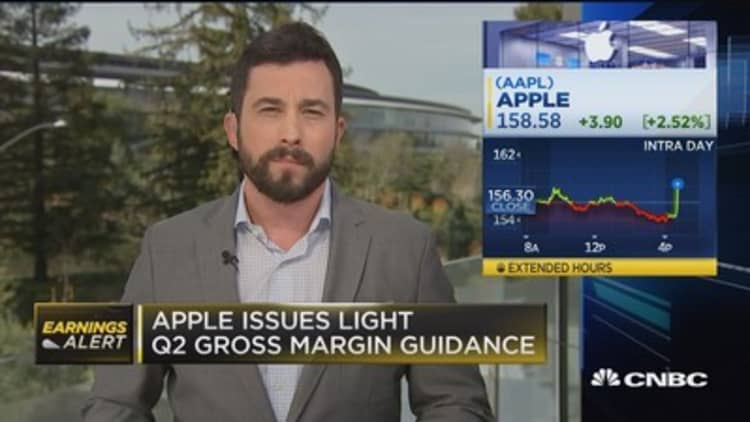Bernstein analyst Toni Sacconaghi said in a note to investors on Friday that people are holding on to their iPhones longer than ever before, which may spell trouble for Apple as consumers upgrade to new models less often.
"Replacement cycles are elongating ... a lot," Sacconaghi said, noting that people are using their iPhones longer because of Apple's battery replacement program, changes in carrier subsidies and higher prices, among other reasons.
Apple CEO Tim Cook confirmed this on a company earnings call last month.
"Our customers are holding on to their older iPhones a bit longer than in the past," Cook said. "When you paired this with the macroeconomic factors particularly in emerging markets, it resulted in iPhone revenue that was down 15 percent from last year."
Sacconaghi said 16 percent of that base will buy a new iPhone this year and that Apple's fiscal 2020 "offering is unlikely to stimulate an acceleration in iPhone replacement cycles."

He wrote, "In our view, the single most important controversy surrounding Apple today is the iPhone replacement cycle - despite the iPhone installed base growing +9% last year, we now expect units to be down -19% in fiscal 2019, implying a material pushout in upgrade rates."
Sacconaghi said there is a "myriad of unknowns," however, including figures for iPhone replacement curves, churn rates, switchers, used iPhone sales and first-time smartphone users, since Apple does not disclose those numbers. "We caution that modeling iPhone's installed base is as much art as science, with myriad assumptions," he said.
Apple recently stopped disclosing how many iPhone units it sells each quarter. Instead, in its fiscal Q1 earnings report, Apple started to report an iPhone installed base that includes both new and used iPhones. There are 900 million iPhones in use right now.



